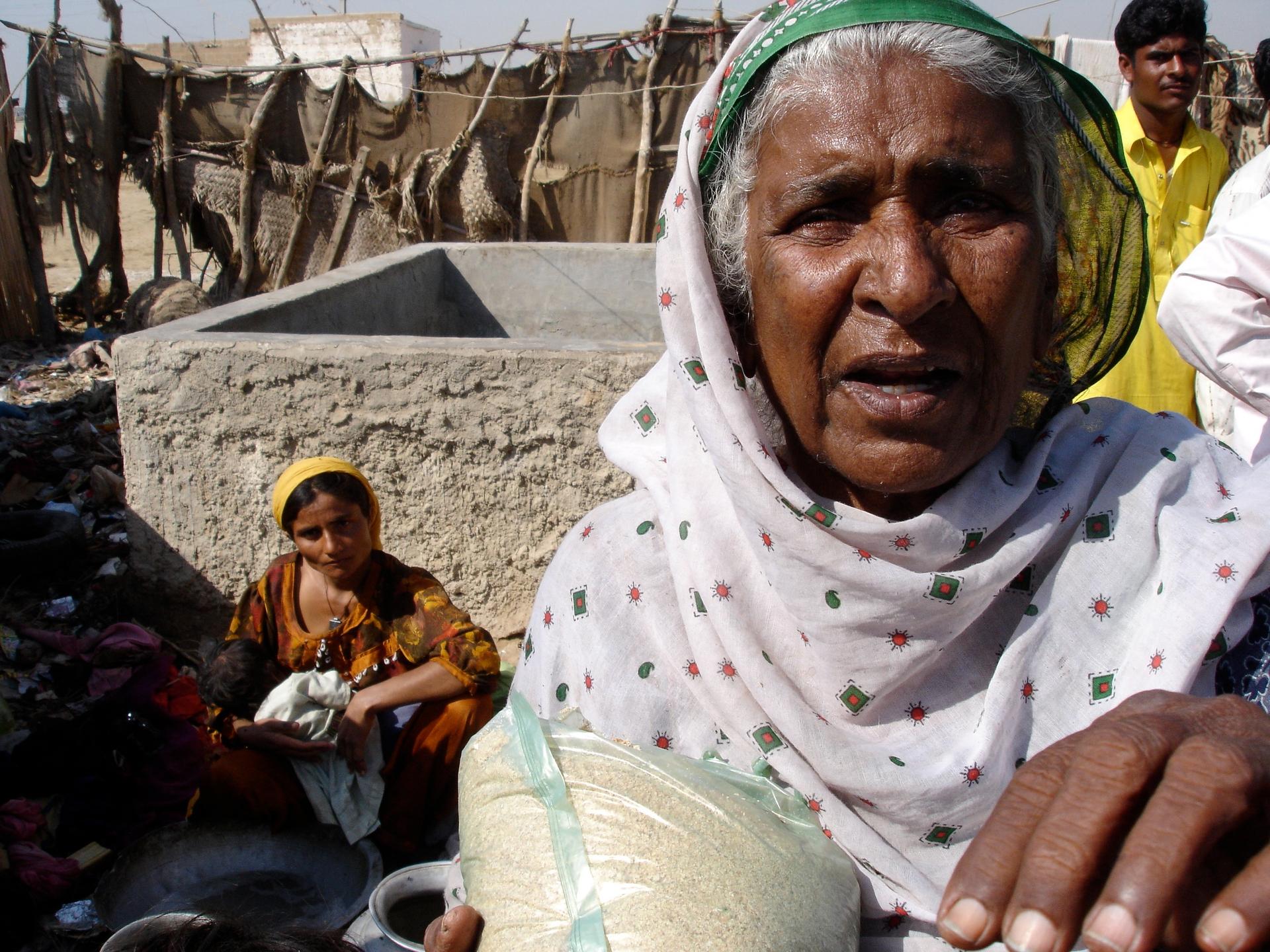Can extreme global poverty end in this century? Here’s why it looks promising
This Pakistani woman lives in extreme poverty; 60 percent of Pakistanis live on less than $2 per person per day.
They say the poor will always be with us, but does that have to be true? Global poverty rates are dropping fast, and new technologies may help end extreme poverty in this century.
And let’s face it, enabling the world’s poorest people to live full, healthy, productive lives, will transform this century, in ways that will improve things for all of us. Fewer desperately poor people means fewer people desperate enough to fight wars and commit acts of crime, and terrorism — though, granted, some terrorists are middle-class, and alienated for reasons other than poverty. Less poverty means more people able to contribute to society and to the economy. Families that are more affluent, and women who are better educated, tend to have fewer kids — so that also helps take care of population concerns. This is a big deal.
Miraculously — global poverty rates are already plummeting. In 1990, about 2 billion people lived in extreme poverty — then, about $1.25 per person per day. Now, even though the world’s population has grown, only about 700 million people are beneath the extreme poverty line, now about $2 a day. Think about that. We’ve gone, in a quarter century, from 35% of the world’s population living in extreme poverty, to near 10 percent — even though there are now 2 billion more people on Earth.
How did this happen? There have been many factors. A few are fast economic growth in many developing countries, better access to health care and education, fewer wars.
The United Nations actually has set a target of ending extreme poverty by 2030 — that’s in 15 years. Many groups are thinking — together, and on their own — about creative ways to help speed the process.
Shashi Buluswar leads one of those groups. He’s a native of Calcutta, in India, who came to the United States as a student, got a Ph.D., and stayed to help solve some of the world’s most intractable problems — a living counter-argument to those who insist that immigration is somehow bad for US interests.
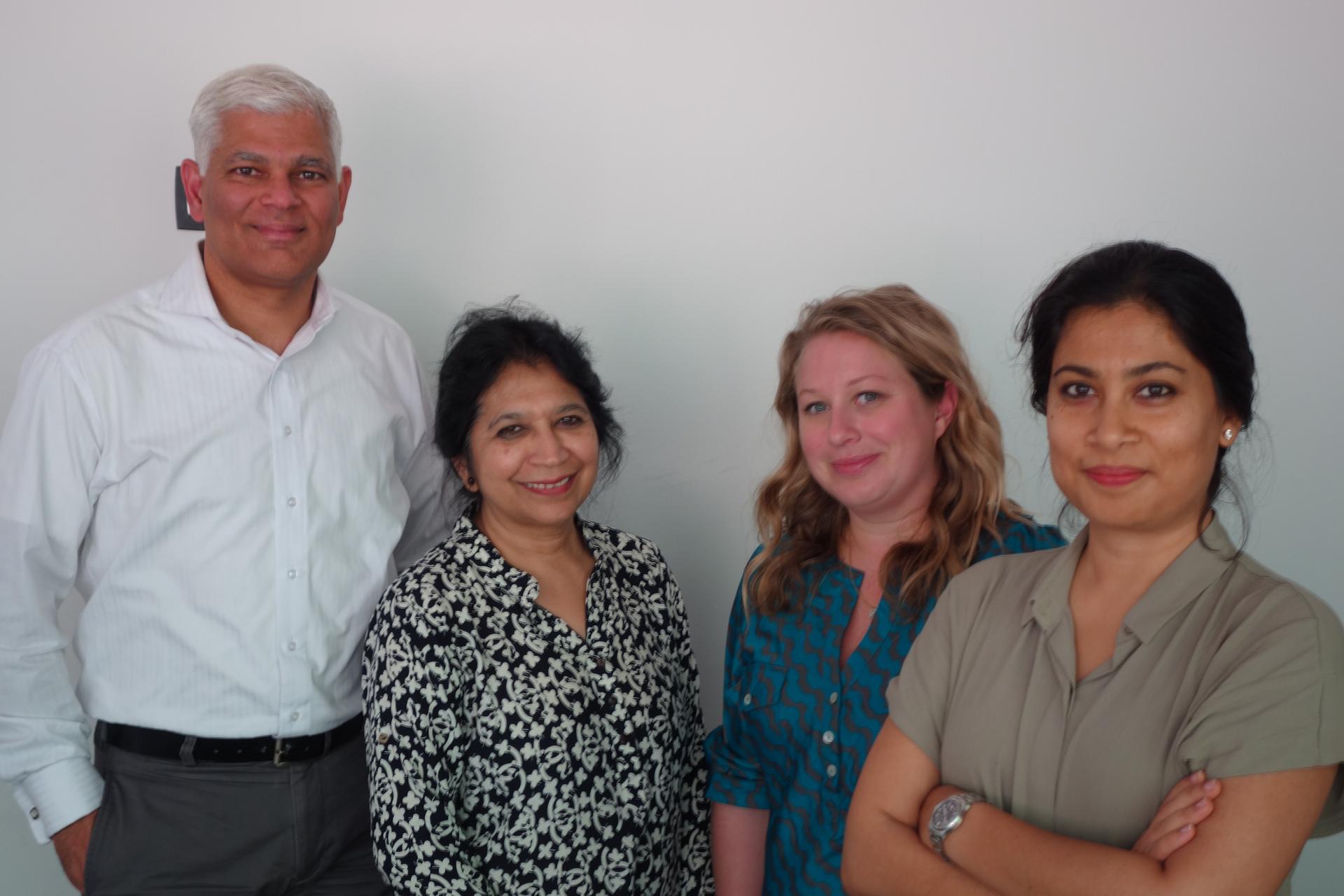
I visited Shashi at the sprawling Lawrence Berkeley campus, overlooking San Francisco Bay, and the Golden Gate Bridge. I started by asking him what the Institute for Transformative Technologies tries to do.
*****
SB: We believe that to solve some of the most fundamental and important problems of our time, we need technology that doesn’t currently exist…The big gap right now is that the R&D to build these technologies exists in places like Berkeley and Stanford and MIT. But the need is somewhere else. So our job is to figure out how to suck this R&D, this IP, patents and such, out of these places, and make technologies and products out of them, and take them to the poorest parts of the world.”
MKM: And how’s that going?
SB: “It’s actually going much better than I feared when I started this whole thing. Turns out that – where the so-called developing world is today is different from where it was 10 years back. If you think of a country like Kenya, Rwanda, or India, things have progressed so much. There’s such a healthy private sector. There’s so much innovation going on – lots of opportunities for partnerships.”
MKM: “Especially in Rwanda, they’re basically setting themselves up to be the Singapore of that part of Africa, focusing on IT and computer programming and banking.
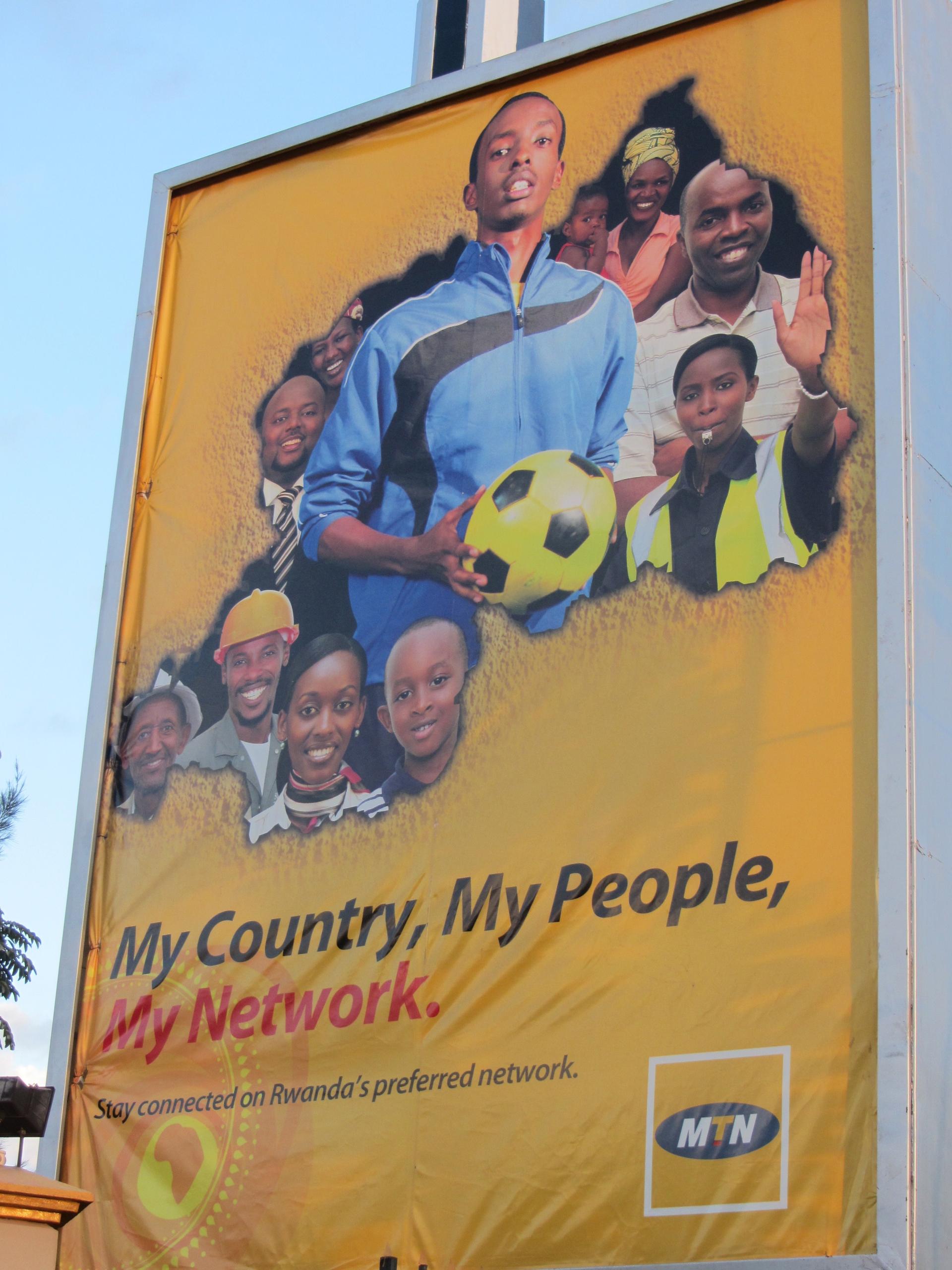
SB: “Yeah, absolutely. That’s exactly right. So Rwanda is a great example of a country that’s come out of utter devastation, and it has set itself up beautifully. What they’ve done is set the policy system up so there’ll be a healthy private sector. And in many ways, they are an example. I mean, look, it’s not Minnesota, right? And if Minnesota had to recover from a bloody civil war like that, chances are they’d look similar as well.”
MKM: “So you said it’s not like it was 10 years ago. What’s the difference? So there are places like Rwanda, that certainly have recovered in a remarkable way, but that’s one small country. When you look elsewhere, if you look at other parts of Africa that aren’t doing as well, if you look at India, at places where the rates of development are very different in different parts of any given country, where do you see the places where an intervention from your department here could make a real difference?
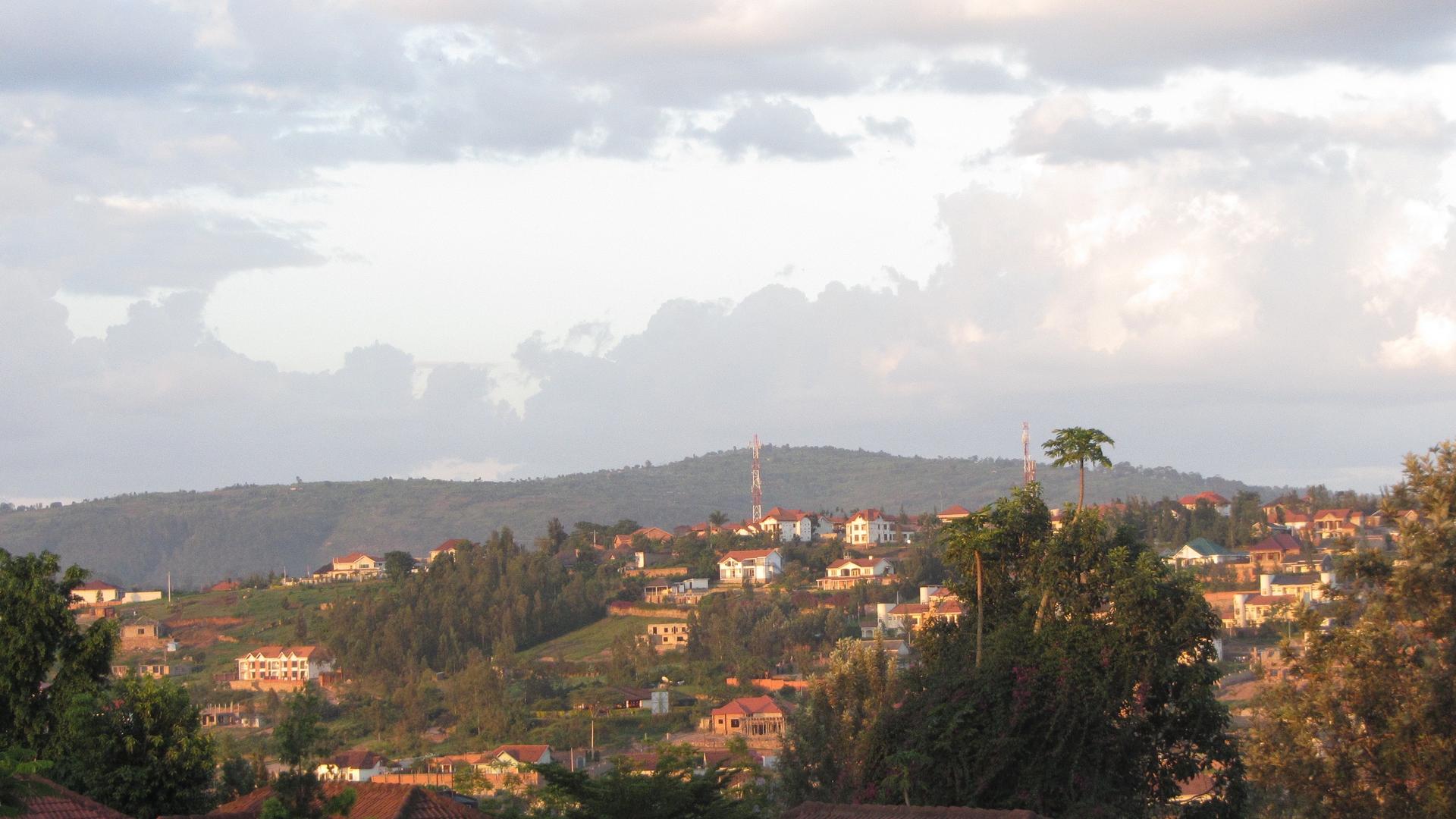
SB: “So, in, let’s say 1990, the rich world thought of the poor world as one monolithic thing, right? One of the things that’s happened, and – you’ve heard of the BRICS phenomenon, obviously – even that is old.
MKM: “The BRICS phenomenon being Brazil, Russia, India China, and then South Africa got tacked on at the end, with the idea that these were countries that were all going to develop rapidly, and would become leaders in the global economy.
SB: “That’s exactly right. But now, you start talking about countries like Kenya, which are very exciting, thriving economies. You asked what the difference was, vs. 10 years back. I’d say two things. One is that technologies like mobile and solar have obviated the need for large infrastructure. And what that means is the barriers to economic development, the barriers to innovation, much smaller now than they were, when there was this need for large infrastructure. The second is that geopolitically, if you rolled the clock back, there was this massive civil war in central Africa.
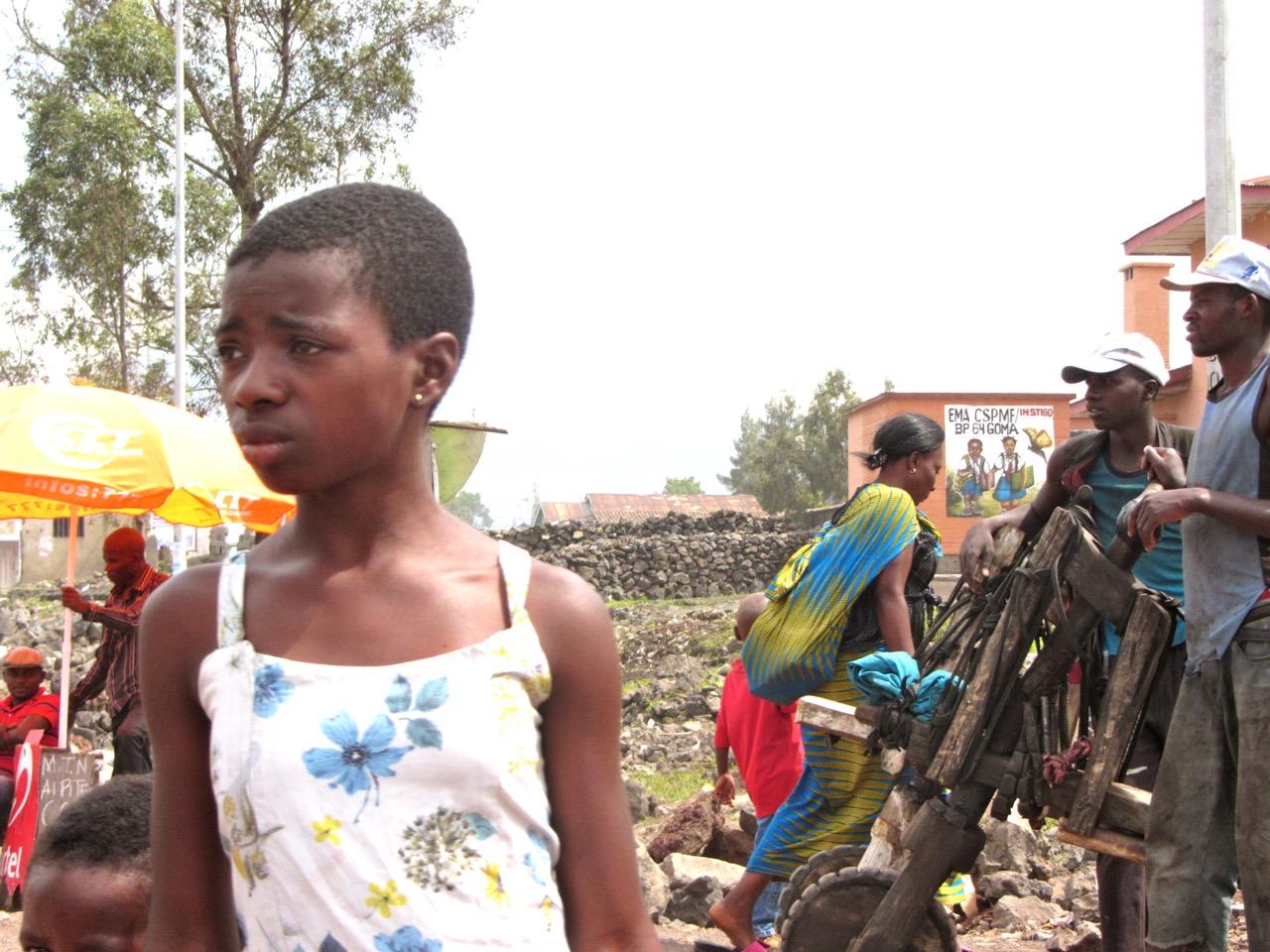
It was spilling over to eastern Africa. And people spoke about Africa as though it were one country. A number of African countries have broken out of those shackles. You have countries like Ghana, which have had three successive peaceful transitions of power. Kenya is doing very well. Rwanda, we talked about. Ethiopia is doing well. Senegal is doing well. So you have a whole host of countries that are now assuming regional leadership roles. And this wasn’t there. And so, when you go to a major conference in Africa, one of the questions that comes up is, ‘are countries like the US even relevant there anymore, because there’s so much going on.”
MKM: “There’s so much going on, but also China’s playing a different role there than it did 10 or 20 years ago.”
SB: “What China is doing is, they are building infrastructure like nobody’s business. Now, you can question what their motives are. You can ask questions about whether this is all about extractives, or whether there’s actually a humanitarian or development motive here.
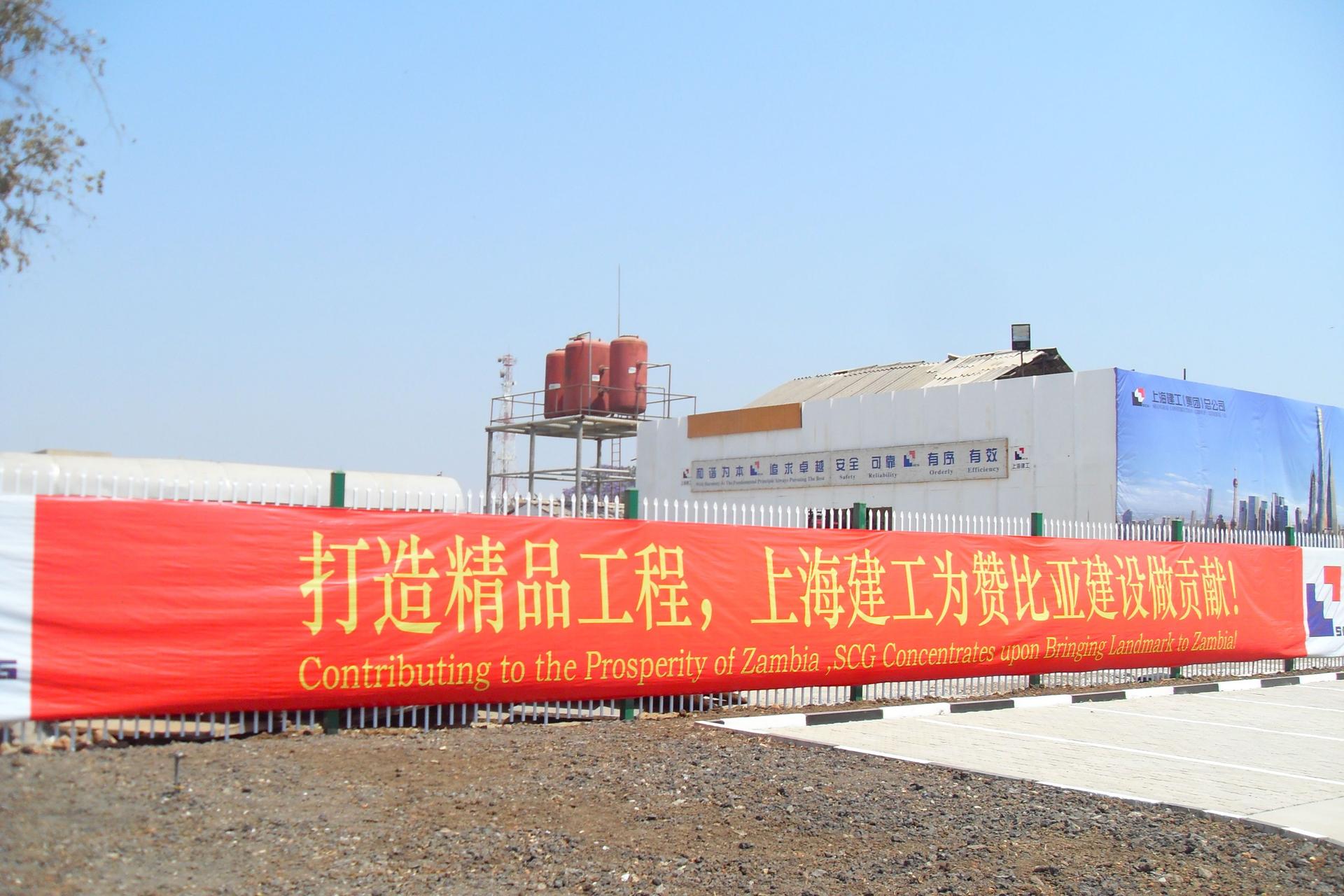
Doesn’t matter. The point is that the roads are getting built. The rail lines are getting put in place. And the countries will benefit from that. There will be a downside, but there’s always been a downside to external intervention.”
MKM: So what does that leave you to do?
SB: “What that allows us to do is work with these emerging companies and emerging institutions, and figure out a way to productize and commercialize and bring these technologies to life in a way that wasn’t possible 10 years back.”
“A couple of examples of problems we’re working on. If you think of electricity, right now in India, which is an emerging superpower, there are probably 400-500 million people who don’t really have access to electricity. And I say ‘really,’ because there may be a power line going to their village, but it’s for all practical purposes useless. And ten years back, solar power was expensive. It still is, but it is significantly more affordable than it was. And what that allows us to do is use that as a platform, and say, ‘now what has to happen?’ It turns out that you need a new generation of batteries to make solar power work in these areas.
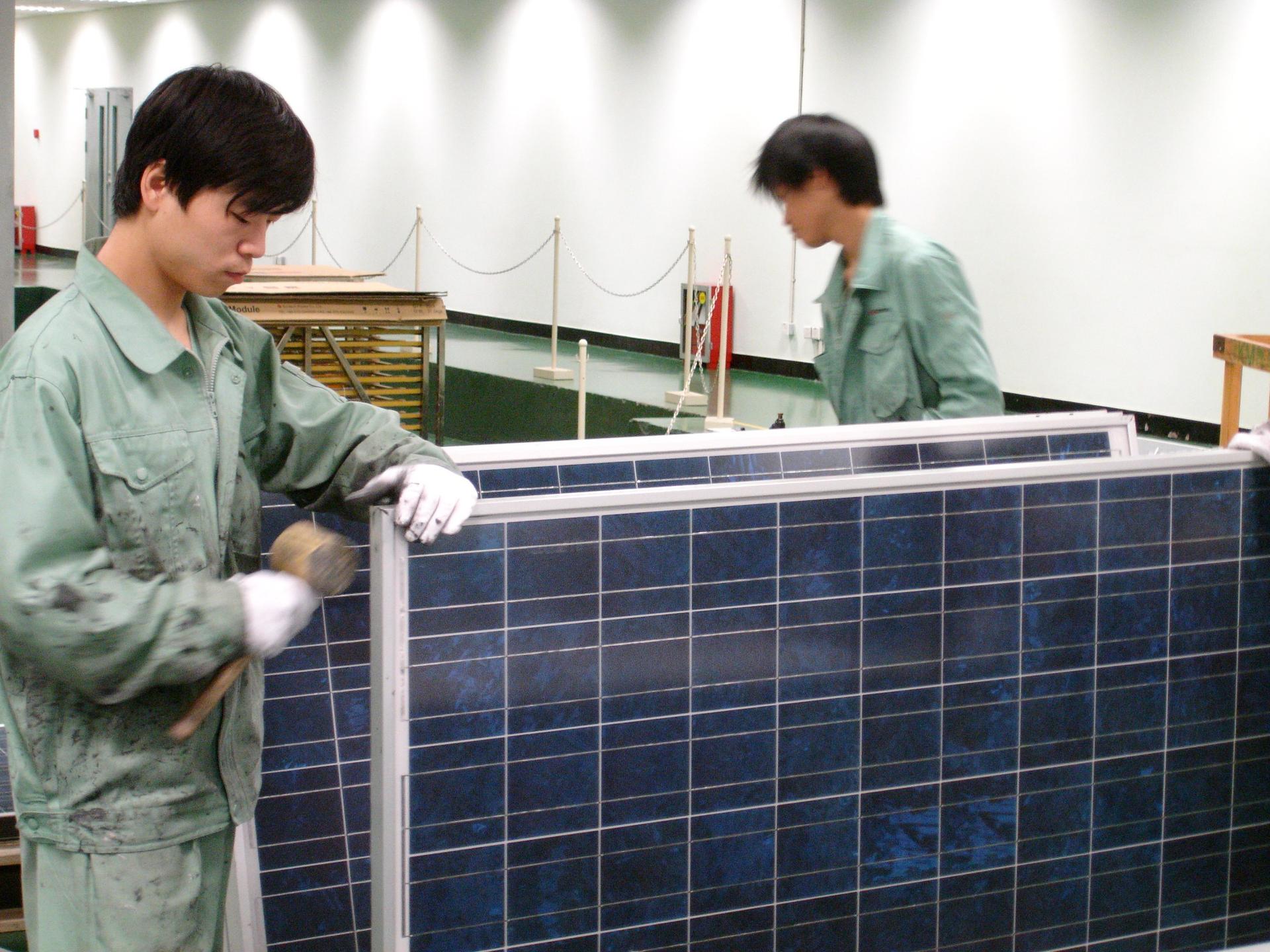
You need electronics like inverters, and so forth and so on. You need smart meters, and things of that sort. A lot of these things are so much more possible today than they were, because there are people doing research on the next generation of batteries. So what we’re trying to do is take some of these technologies, figure out what tweaks are necessary to make them applicable to a country like India. And then, a very big part beyond that is working with an entity there, to make it come to life. So this cannot be a case of, ‘if we build it, they will come,’ because often there is no market to absorb these technologies. What we have to do is work with an established entity, whether it’s a company, whether it’s a government institution, and build the business, so to speak, that can take this to market.”
MKM: “Your department came out about a year ago with a book with 50 interventions, technologies, approaches, that could make a real difference to help more people climb out of poverty, globally. Tell me about why you decided to do this project.
SB: “When our institute started three years back, one of the questions we asked was, ‘so what do we work on?’ And when we asked around the ecosystem, of those working in poverty and related issues, of those working in technology for poverty, the list of things people were working on was shockingly short. There were water purification, cook stoves, very, very few things. It felt like the ecosystem hadn’t pushed its thinking to figure out what really were the things that needed to happen. So we launched this study. We called it the “50 Breakthroughs Study", to identify the most important science and technology breakthroughs required to address these issues. We don’t prescribe what the solution is. We describe the parameters of the problem, and generally describe the solution space. What are the things that are keeping this technology from coming to life? We take a crack at how long we think it will take for it to come to life. Is it imminent? Will it happen in two years?
MKM: “Ok, so you have your 50 Breakthroughs that you thought through. There’s the Grand Challenges approach that the Gates Foundation has, there are the Millenial Goals. How much overlap is there amongst all these different ways of looking at the developing world and what’s needed within it?
SB: “Great question. There’s significant overlap. In many ways, we did the study for two reasons – first was to give ourselves a list of things to take on. The second was to influence the ecosystem. Because US AID got behind us, it’s given us a chance to influence the Grand Challenges movement, if you will. In fact, we shared the study at the Grand Challenges annual meeting in Beijing (in October 2015). We don’t claim to have nailed the analysis. In fact, some of our assumptions will probably be proven wrong. We just wanted to put a stake in the ground so the ecosystem can take this body of work and debate it and improve it.”
MKM: “So there’s been some time for the study to be out there. What kind of responses have you gotten?
SB: “The responses have been very, very exciting. It has ranged from a lot of individual innovators and inventors wanting to contribute their work to us. It has shaped the funding agenda of a number of funders. Most importantly, it seems to be influencing some government agencies as well. So earlier this year, we were invited to share the study and the implications of the study on India’s science and technology agenda, with the president of India. Similarly, the Canadian aid agency, CIDA, US AID, the British aid agency, they’re all looking at this to figure out how it can shape their funding agendas.
MKM: And are you finding that these different agencies are finding ways to work together, so they’re not just duplicating each other’s efforts?
SB: “You mentioned the Grand Challenges. That’s actually been a remarkably successful initiative, essentially by bringing all these funders together. And so, they work off a shared agenda. Obviously, there are some differences, but there’s significantly more collaboration now, and significantly more information and knowledge-sharing now than there was, a few years back. There is also a lot of shared funding, meaning that if a project is exciting, US AID will work with the Canadian agency, and the Gates Foundation and the British agency, and they’ll all pool in money towards a particular solution.”
MKM: “You said that since the study came out, inventors have come here and have wanted to work with you. Has anything moved forward that you want to talk about, or can talk about?
SB: “Yeah, there’s a very exciting idea that’s come forth. We’re still doing the scientific testing, but there’s a British biochemist who’s figured out how to use vermifiltration. It’s essentially worms, to digest and compost human waste. Most of the developing world doesn’t have enough toilets, so most people have to defecate out in the open. And that leads to diarrheal disease, which kills well over a million children a year.
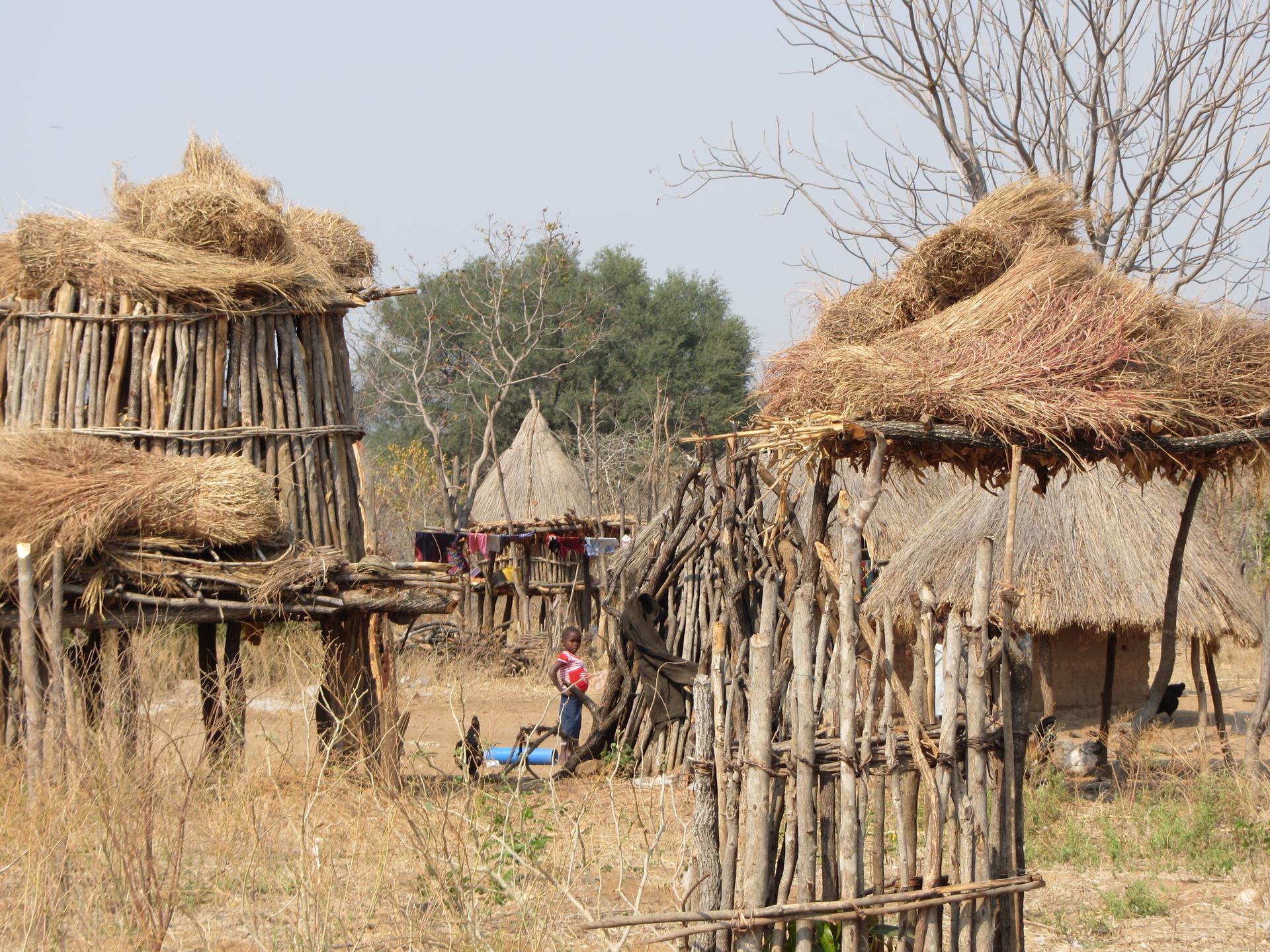
Now, how do you provide access to toilets, when the current state of toilets requires massive sewer infrastructure? The powerful thing about this particular way of composting human waste is that essentially, the worms do the job for you. There’s no need for a sewer anymore. So, last month, I was in India looking at some of these facilities. We opened up the pit where this human waste goes, and you couldn’t tell the whole family had used it just two hours back, because the worms were working at it so hard. And so, essentially within 24 hours, the waste gets digested, and it just becomes, over a few weeks, it essentially becomes fertilizer. This seemingly is inexpensive. We have to do a number of tests to make sure there are no unintended consequences. We have to figure out what some of the failure points are. What if it is too dry? What if it is too wet? How specific are these species and subspecies to the local ecosystems so they still remain native? How can you grow these worms, in an affordable manner, because the last thing we want is to be shipping worms around. And how do you very quickly go and plop this toilet into place in a couple of hours? So, a number of big questions , we still have to sort through, but this is one example of innovation.
MKM: “You had also been working on a medicine delivery system.
SB: “One of the first things we worked on was a system to deliver vaccines to remote areas. Now, the thing about vaccines is, they have to be in a very narrow temperature range, pretty much from the time they get made until the time they’re consumed by each child, and that ranges from 2 to 8 degrees Centigrade. And as you can imagine, you need refrigeration to make that happen. In most poor parts of the world, not only can people, and clinics, and the government, not afford enough refrigeration, but there isn’t even enough electricity. So we set about building what was going to be the world’s first portable, solar-powered, vaccine fridge. And the way we decided to do it was to use technology that’s actually widely available in laptops, now. It’s a fascinating story. Most laptops, all laptops are cooled by a thermal-electric chip, because the CPU produces a lot of heat, so much heat that it could do serious damage to the motherboard. And so these thermal-electric chips, what they do is they move away the heat. They transfer the heat to someplace else.
Thermal-electric compounds are fascinating. They have two characteristics. One is that if you give it power, it basically works as a heat-transfer mechanism. And if you give it heat, it produces electricity. And so our thinking was, can we use that phenomenon to build small, portable, inexpensive fridges that can be solar-powered? We gave it a very good shot. Truth be told, we ran into some theoretical problems, ultimately. The physics of thermal-electrics got in the way. We’ve got a system that works. We’re not yet satisfied with it. We may still pull the plug. We do have a passive version of the technology we built, meaning you can put icepacks in it, and it will keep the vaccines cool for several days. So that, we’re very excited about. It’s close to being ready to get out into the field.”
MKM: Now, you’re an engineer by training, right?
SB: I have a doctorate in robotics.
MKM: So how did you get into doing this?
SB: “Well. I grew up in India. And the thing with India is that there isn’t access to very good tertiary education, higher education. Unless you’re very smart, which I’m not, you don’t get into the really small number of excellent institutions.
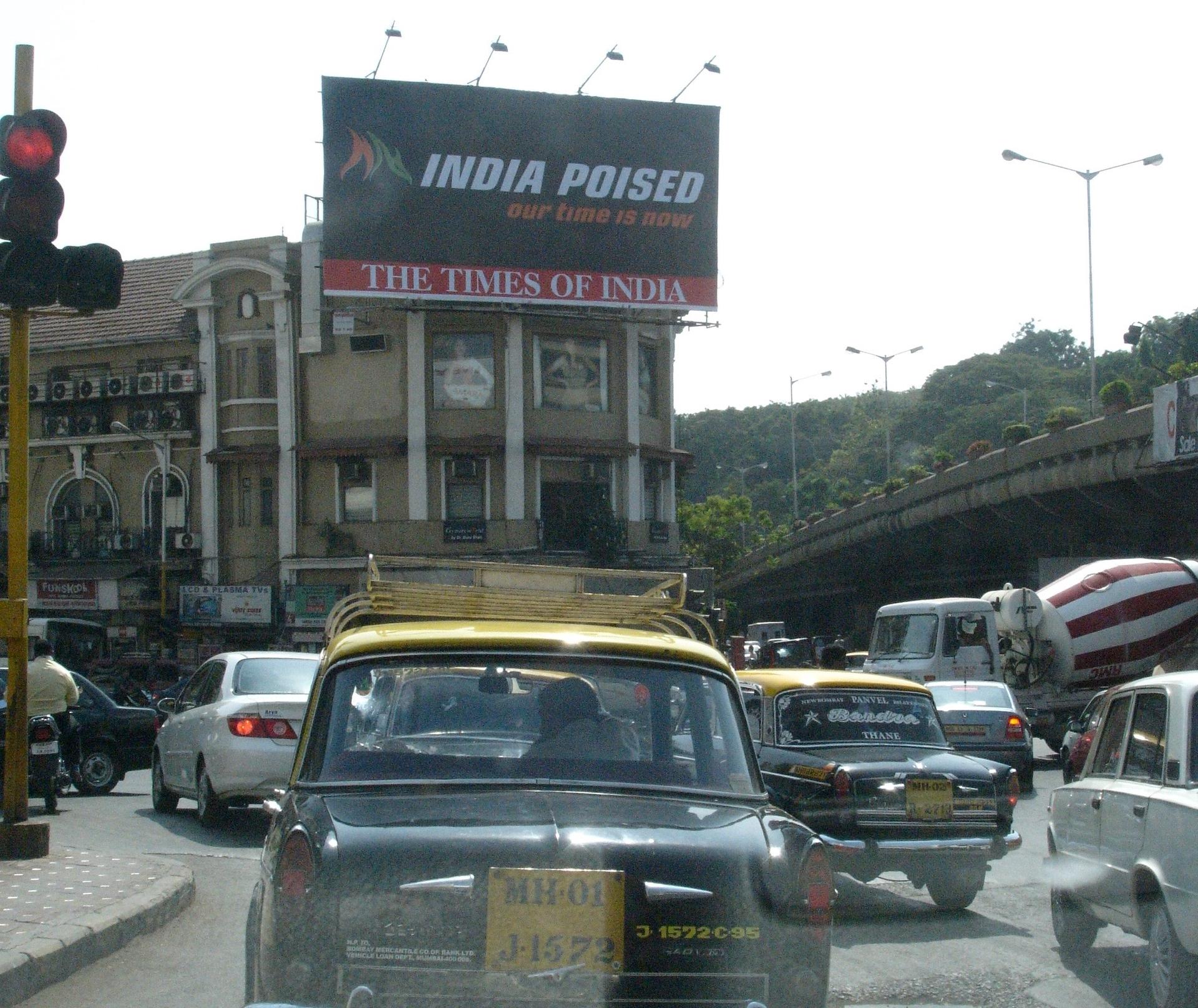
And so a lot of us in those days looked for opportunities to study abroad. And what was happening in the United States was, the IT bubble was starting to build. And so the US gave a lot of students from countries like India visas to come and study computer science. So that’s how I came to the US – this was in the late ‘80s – and essentially stayed back to study robotics. Truth be told, it’s not because I was passionate about robots or robotics. But the only way I could come to the United States was to study computer science, and doing a PhD in something related to that seemed like a logical extension. Then I started teaching, at Northwestern University in Chicago. The state of robotics in those days was such that the only way you’d get tenure was to either do defense, military research, or build robotic dogs for toy companies. Neither of those seemed like they were fundamentally pushing the barriers of the problems I care about, so I left and spent a lot of time in the corporate world.
In the mid-2000s, for a surreal combination of reasons, I ended up leaving my job and making a documentary about the India-Pakistan conflict, and cricket diplomacy, and got a chance to spend time in Pakistan, and tried to understand some of the political complications that a country like Pakistan is facing. Not surprisingly, there, the first on that list is Islamic militancy.”I spent time with some of these people who we would call terrorists, and tried to understand what it is that drives somebody to want to kill themselves, and kill other people. And it became fairly obvious to me that this has nothing to do with religion, but really, to do with lack of opportunity. And so, that connection between lack of opportunity, that connection between poverty, and the most important geopolitical questions of our time became obvious.
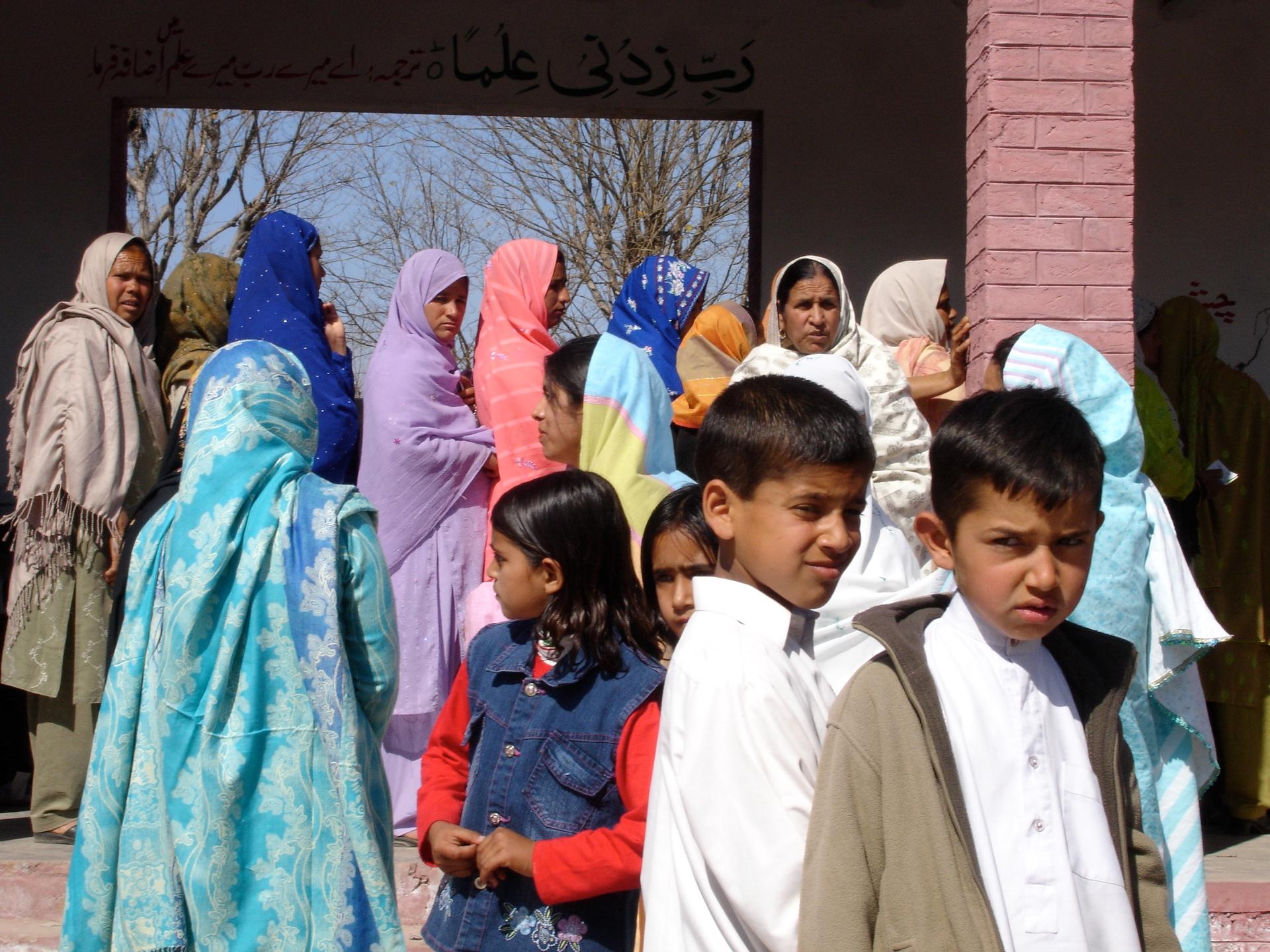
And I felt that I had to use my talents, such as they were, to solve some of these problems. So I switched, and started working in this space.”
MKM: “Next door in India, India’s growth rate has just surpassed China’s. Pakistan used to be part of India. Why is there not a similar growth rate in Pakistan?”
SB: Back in the early ‘80s, late ‘70s and early ‘80s, India was aligned with the Soviet Union, and Pakistan with the US. Pakistan actually looked like the wealthier country. They had nicer cars, nicer streets, and so on and so forth. And India has more people living on under $2 a day than (a) any other country and (b) all of Africa. So despite all its success, let’s recognize that India has its share of problems.
But one of the things that happened is, there’s always been this ethos of education in India. And as a result of the fact that technical education was favored, it ended up having a huge number of overeducated, underemployed people, capable of good technical stuff. Around the ‘80s, late ‘80s in particular and building up from there, when the IT bubble started growing here in the US, America invited people from all over the world, but particularly from India, to come and study computer science here – and I was part of that wave – so we could come and fill these IT jobs. What you ended up seeing in the early to mid ‘90s was a very, very large number of Indians who technically were very, very good. And you started to see a more and more US labs and universities whose faculty members included a lot of Indians there.
Around the same time, something interesting happened in India. Up until that point, there were significant barriers on importing things, so you couldn’t buy anything foreign in India. There was this system, this bureaucracy in place called the License Raj. You needed a license for everything. And that really stymied innovation and economic growth. In the early ‘90s, the government took some fairly fundamental and major steps, in removing the license Raj. So they made it easier to build businesses. They made it easier to borrow money. They privatized a lot of things. They did some reforms on the tax side, on the stock market side of things, and so on. And that led to just a fundamental shift in India’s ability to build the private sector-driven economy. Since then, things have been growing in leaps and bounds. However, the gap between the rich and poor in India is getting worse. So whereas there are amazing success stories, whereas there are large pockets of wealth, relative to the overall population, those pockets are still small. And so in a city like Bombay, Mumbai, it’s easy to see a millionaire, even a billionaire, living next to a slum where people don’t have enough to eat, and where you have kids with swollen bellies walking naked on the street. And this is within feet of someone who has got four BMWs and Mercedes.
MKM: What about in the city where you grew up, in Calcutta? What was it like when you were growing up, and how has it changed?
SB: Calcutta is an interesting city. It’s in the state of West Bengal. It’s one of two states in India that ostensibly embraced a socialist ethos. The other state is Kerala. If you look at the human development indicators in Kerala, they’re among the best in the country. West Bengal, and hence Calcutta, have never quite been there. In many ways, it felt like we got the worst of both, meaning that there wasn’t the same kind of private sector innovation that other parts of India saw. Yet, because there was this notion of socialism and public good, and so forth and so on, we came to believe a lot in the role of government, but the government didn’t deliver. It’s still a great city to live, but when one goes back today, Calcutta seems like it’s kind of left back in the ‘80s and ‘90s, whereas if you go to cities like Hyderabad, Pune and Bangalore, they seem like they’ve caught up with the rest of the world in a fundamentally different way.”
MKM: “So would any of your breakthroughs that you listed in the book and report that came out about a year ago, would those be appropriate for a place like Calcutta, or are they purely for the rural poor?”
SB: “One of the emerging problems we’ll have to contend with is urban migration. Most of the urban poverty in developed countries is addressed with this trickle down from the urban middle class. In a city like Calcutta, or Bombay, or Nairobi, or Lagos, there isn’t enough economic activity going on in the middle class, at the top of the pyramid, even, enough for it to trickle down to make a difference.
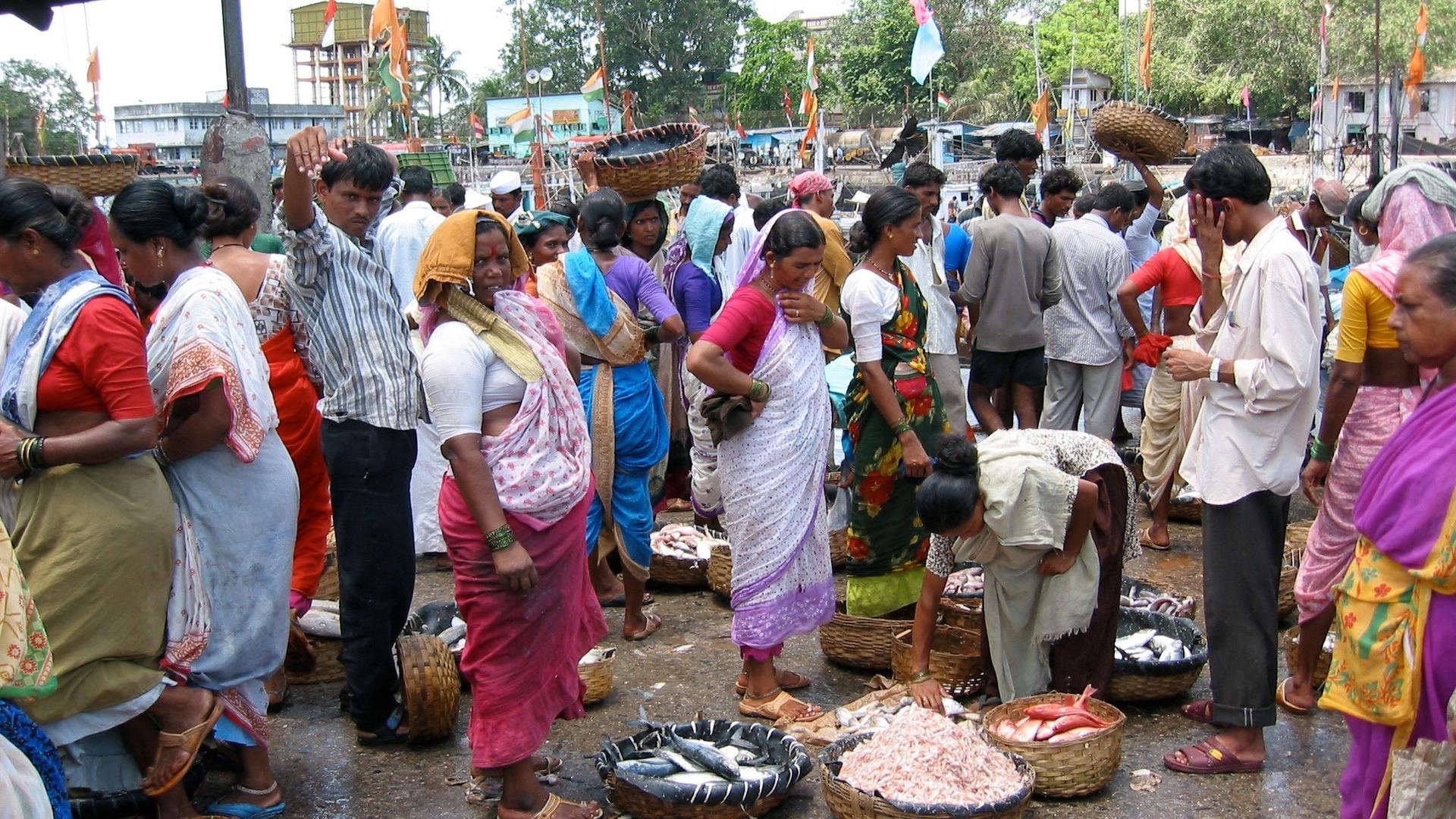
So from an economics point of view, the world is going to have to contend with a problem it has never dealt with before, which is large, possibly permanent pockets of poverty, in these cities. The question then is, well, what about that? On the one hand, a concentration of population lends itself to more efficient delivery of services – education, health, whatever it is. But if you set foot in a typical slum in one of these cities, you’ll have noticed a few things. First is that there are no streets to speak of. These are all little lanes. There are open sewers, because the places are too small for toilets. If you walk into a slum dwelling, you’ll see that even on the brightest of sunny days, there is almost no light going in, because these dwellings are packed together. There is no light, there is no air. In terms of how people live, is there is a shockingly high level of exposure to disease-causing pathogens. If urban migration continues, the way it is, the problem will get worse and worse and worse. It will manifest itself in many ways, including crime, including unrest.”
“And so, addressing how people live, how people earn a living in these settings, is absolutely essential. It will become one of the problems facing the world in the years to come. For us, too, it is a pretty big area of focus. So, among the things we’re focusing on is, for instance, as long as people live in those cramped dwellings made of found material, mud and sticks, their lives and livelihoods will not improve. Their ability to stay away from disease, and fight disease, will not improve. So we believe in a setting like that, we need a new kind of material, to build a different kind of structure. Assuming there is no more horizontal space, you have to build up, right? So imagine replacing one of these mud and sticks home with a structure that is solid, but made of lightweight material, that you can assemble – maybe two floors, even. Now, it’s become easy, today, to embed solar in a structure like this, so you can have LED lighting, so you can have ventilation, you can have vents. But that kind of affordable material isn’t there yet. We are looking into some of those materials. And it has to be combined with the civil engineering, the assembly process, and also with a hell of a lot of marketing, meaning at the end of the day, people have to want these things. And so, if we’re naïve about how tough the market is, if we’re naïve about how low the demand is, we will fail. We can build the perfect technology, and it won’t go anywhere.
MKM: And is this specifically in the developing world, or would it also work for the United States and Europe? Are there cities here, Detroit, St. Louis, where there’s anything in your breakthrough study that’s also relevant? Or is it that even the poor here are better off than the poor you’re looking at in other countries?
SB: “Undoubtedly, the poor in an industrialized country are better off. There’s no question about that, not to diminish the problems that they face. But there are some things that apply. One thing in particular is this notion of precision agriculture.
Unfortunately, all of agronomy research, all of agricultural-industrial growth has focused on a particular mode, which is in villages, where we’re fighting off the elements. We think it’s important to rethink that. Can we grow the same or more for a lot less? You’ve heard of things like aeroponics and hydroponics and aquaponics.

These systems are able to produce vegetables for a lot less, in terms of inputs. But currently they cost a lot. So one of the areas we’re exploring is, affordable precision agriculture. In inner city communities here, you have these things called food deserts. So you certainly won’t have a Whole Foods, but you won’t even have grocery stores. What you will have is a lot of fast joints, and a lot of convenience stores which stock barely any vegetables. You’ll find more liquor stores than you will grocery stores. In California, if you combine that with the drought we’re facing, there is this question of, is it possible to move away from that model of rural food production, and grow things cost-effectively with fewer inputs, in cities, in places where there are food deserts? We’ll most likely do something in the city of Oakland, with the city of Oakland, and see if we can make some of that stuff happen. But the economics are tough right now.”
MKM: The global poverty rate has been dropping dramatically. If I’m remembering correctly, the World Bank has predicted it could drop below 10% this year. Does that change the calculus for you, in terms of how you’re approaching some of these breakthroughs, what you think are the most important things to target and where?
SB: You’re absolutely right. The number of poor has been falling. That’s a tremendous sign. But it’s important to recognize that in many ways, those who are still poor are harder to reach. On the other hand, what it does allow, the fact that there are these emerging economies, that there’s a thriving private sector, it really forces us to think of market-based mechanisms in a way that we wouldn’t have. For me personally, it has really challenged my notion of charity, to the point where I actually think a charity-based approach, in many of these countries, for many of these population segments, is entirely inappropriate. And a market-based mechanism may be much more appropriate, only because there’s more accountability in the system. There will still be huge populations where there isn’t enough of a market, and you’d still have to rely on some kind of philanthropy, and some sort of aid. But the scope for market-based mechanisms has been steadily increasing, going back to the last 20 years. And that’s probably the single most interesting phenomenon that’s a consequence of poverty eradication programs in the world.”
MKM: So when you’re using the word ‘charity,’ are you talking about non-government organizations in general? Are you talking about World Bank and IMF loans? Are you talking about handing over money and saying ‘we’re going to take care of you,’ without necessarily transferring skills so people can do it themselves? What in the universe of ways that help is given do you think is inappropriate? All of it? Much of it?”
SB: “Well, it’s hard to make a blanket statement. There are some issues, for some populations, where only a non-profit model makes sense. There are some issues for some populations, for whom financially sustainable models make sense. It doesn’t have to be profit-making. It doesn’t have to be profit-maximizing, certainly. And there are other issues, where only a profit-maximizing solution will lead to the right results. It’s important to have that nuance. And approaching the entirety of the developing world with one broad brush doesn’t make sense. Having said that, the World Bank approach, the approach of pure charity, I think it has been questioned. The World Bank model certainly has been discredited.
MKM: There’s this book, “Lords of Poverty” by Graham Hancock that really skewered that whole model.
SB: That’s correct. Dambisa Moyo wrote a book (“Dead Aid”) a few years back. And so, by and large, this idea of large institutional loans to governments that are corrupt, that model has been discredited. And in addition to a call for greater accountability has also been a call for greater market-based mechanisms.
Now, I’ll tell you an anecdote that, for me, personally, illustrates what I find problematic about the charity-based model. When I was growing up in India, I lived a perfectly normal middle-class life, right next to a slum. And every now and then, we’d have tourists coming from other countries, invariably white. They’d come and work in the slums, and take pictures of the poor kids, and as a middle-class kid, I’d wonder why they weren’t taking a picture of me. I’d go and try to talk to them, and say, ‘what are you doing here?’ And they’d say, ‘we’re here to help.’ And they’d come and take pictures, and they’d go and do their yoga thing. And the next year, somebody else would come. And you know, those kids probably still died in poverty. And in addition to the fact that those interventions probably weren’t particularly beneficial for the intended beneficiaries, the deeper effect it had on me was that as a person of color, I assumed we were inferior, and that we couldn’t build our own solutions. We had to depend on white people to come and help us. And, personally, it took a lot to overcome that burden. If you look at most charities around the world, the country director if you will, for the typical NGO, is a white person, American or European. And, imagine what impression that makes on the kids in those countries. I don’t understand how in such a system, where the objective is to empower, the objective is to transfer skills, how such a model can succeed.”
MKM: Going back 30 years – the whole “We are the World,” “Feed the World,” reaction to the African famine, the Ethiopian famine. That, you think, probably did more harm than good?
SB: Well, again, you have to look at everything in a nuanced manner, right? There are some interventions, in some places, for some issues, where absolutely, foreign intervention is required. And if the only countries that are willing and able to help are wealthy white countries and populations, so be it. The broader question is, what is the sustainable answer? Distinguishing between humanitarian assistance in an emergency, versus what will lead to long-term, sustained results in development, being somebody from India, I’ve absolutely come to believe that only Indians are going to help India, only Kenyans are going to help Kenya, only Pakistanis are going to help Pakistan. And as global citizens – global poverty is a global problem. And we’re seeing that problem manifest itself in many global ways, whether it’s Ebola, whether it’s ISIS. So, as global citizens, I believe all of us have the right and the responsibility to do something about it. But it can’t be the hero. It can’t be me, going off to save some poor country and writing a memoir about it. In some ways, our space needs fewer heroes, and more boring people who can just get stuff done.”
*****
This conversation with Shashi Buluswar gave me a lot to think about. Over years as a foreign correspondent in Asia and Africa, I saw what aid can do, and where it falls short, how well-intentioned help doesn’t always actually help, unless it empowers people to move forward on their own, and in their own way.
And here’s another thought. As more of the world’s poorest people and poorest countries become players in this century, the balance of global power will change. The answer to the question “Whose Century Is It?” may not end up being just China, or the United States, or any one country or region. It may shift. It may be shared. There may be more healthy competition. When future migrants set off to improve their lot — where will they go? Perhaps they’ll have more choice. They can go where they’re wanted, where they’re welcomed, where they have a chance. More on all that in another episode.
What do you think? Leave a comment below, or send me an email at whosecentury@gmail.com.
For previous episodes of this podcast — this is Episode 7 — vist pri.org/century. You can also find all our episodes on iTunes, Soundcloud and Stitcher. While you’re on iTunes, why not subscribe? You can follow me on Twitter @marykaymagistad.
Whose Century Is It is a coproduction between Mary Kay Magistad and PRI’s The World, in partnership with the BBC and WGBH. It’s made possible by a grant from the Henry Luce Foundation.
